Episodes
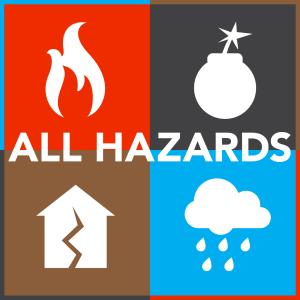
Tuesday May 17, 2016
California's Search and Rescue Top Cop
Tuesday May 17, 2016
Tuesday May 17, 2016

Matt Scharper is a Deputy Chief with the California Governor’s Office of Emergency Services - Law Enforcement Branch and is the California State Search and Rescue Coordinator. Matt is headquartered out of the Region V office, located in Fresno, CA and is also the Law Enforcement Mutual Aid Coordinator for Region V.
In this episode Scharper takes pride in lives saved over his 30+ years with SAR, and talks about one of the most recent rescues and how it nearly turned into a recovery mission. He also talks about how inexperienced outdoor enthusiasts put too much reliance on Personal Locator Beacons (PLBs and SEND) which unnecessarily puts other lives at risk. And there's the technology and military mutual aid that has made night SAR missions possible.
Sharper is a recognized expert in the field of Search and Rescue, he spent 13 years as the Search and Rescue Unit Coordinator for the Mariposa County Sheriff’s Department and has over 34 years of combined search and rescue experience. He has coordinated literally hundreds of searches, rescues, and large and small-scale disasters. A previous college instructor for search and rescue topics of: Search Management and Tactics, Technical Rope Rescue, Swift water Rescue, Man Tracking, and Law Enforcement Incident Command Systems along with other Law Enforcement topics. He is the lead instructor for the Cal EMA Search and Rescue Instruction Program, instructing the “Direction and Control of the Search Function Course” and the “Winter Operations SAR Management Course” and is responsible for all State of California SAR programs. Matt’s 30 year law enforcement career has earned him California’s Commission on Peace Officer Standards and Training (POST) certificates of “Advanced, Supervisory, and Management”.
The Law Enforcement Branch is responsible for coordinating state mutual aid for search and rescue in California. In addition, it receives and coordinates interstate requests under the auspices of the National Search and Rescue Plan. The branch also coordinates all local requests for state and Federal agency assistance. Because search and rescue missions are often life threatening, requests for out-of-county, state or Federal resources can be made directly to CalOES.
Links/Resources
Search and Rescue Mutual Aid
3rd Battalion 140th Aviation Battalion Security and Support

Tuesday May 03, 2016
Easter Quake Took Lives, Rattled Nerves, Challenged New Fire Chief
Tuesday May 03, 2016
Tuesday May 03, 2016
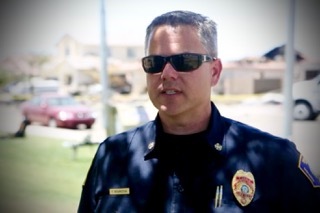
At 3:40 in the afternoon on Easter Sunday, April 4, 2010, the Baja California earthquake struck, registering a 7.2 magnitude on the moment magnitude scale. It's epicenter was 16 miles south of Guadalupe Victoria, Baja California, Mexico. It's said to have lasted about a minute and a half. The strongest shaking was felt in the ejido of Alberto Oviedo Mota, in the municipality of Mexicali, Calexico, and Guadalupe Victoria. Most of the damage in this earthquake occurred in the twin cities of Mexicali and Calexico on the Mexico–United States border. Four people were killed and 100 people were injured.

Tuesday Apr 26, 2016
Sheriff James Mele: Big Role in a Small County
Tuesday Apr 26, 2016
Tuesday Apr 26, 2016
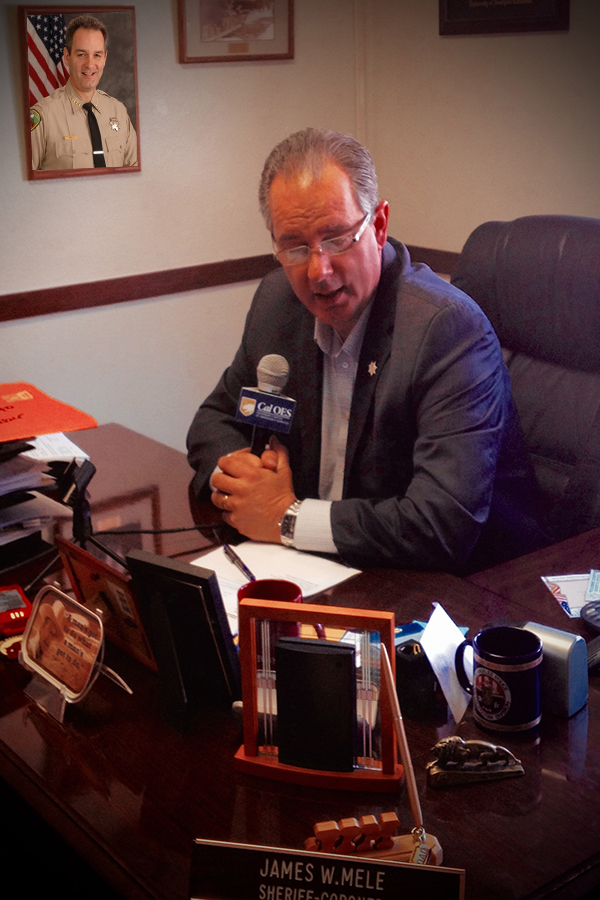
James Mele was elected as Tuolumne County Sheriff in 2006. He comes from a family of law enforcement professionals. His father spent 35 years with the LAPD. Mele is says while he’s a sheriff in a small county he still often finds himself in meetings with the governor, US senators and representatives and other high-powered officials. Early on he struggled finding his “self” but took a proactive approach to fixing that. He also says his ego sometimes got in the way of success, as it does with many people. One of the challenging times during his time as sheriff has been managing law enforcement personnel during the Rim Fire; the biggest causes were radio limitations and interoperability. He says as a leader you need to know that you can’t do it all yourself; you need partners and his during the Rim Fire his was Cal OES and its MIGU.
Links/Resources
http://www.tuolumnecounty.ca.gov/index.aspx?NID=341
USC Price School Leadership Programs
USC Price School in Sacramento
2014 California Mobile Command CenterRally a Success in Sacramento (Topic: MIGU)

Tuesday Apr 19, 2016
Oklahoma City Bombing: California Sent its Best to Midwest Terror Response
Tuesday Apr 19, 2016
Tuesday Apr 19, 2016

On April 19, 1995, a yellow moving truck parked in front of the Alfred P. Murrah Federal Building; at 9:02 AM, it exploded. The death and devastation it left in its wake was like nothing ever seen in the U.S. The blast killed 168 people and injured more than 600 others; it destroyed half of the building that was full of employees. The enormous and dangerous rescue and recovery operation began immediately and Oklahoma officials called on California for help. Mark Ghilarducci and Kim Zagaris were dispatched to the scene because of their urban search and rescue and disaster response expertise. Unbeknownst to Ghilarducci, he would soon be assigned as commander of the management team, for an operation bigger and more complex than anything he’d ever encountered.
Mark Ghilarducci, Cal OES Director
Mark S. Ghilarducci serves as the Director of the California Governor’s Office of Emergency Services (Cal OES), appointed July 1, 2013 by Governor Edmund G. Brown Jr. Ghilarducci previously served as Secretary of the California Emergency Management Agency (Cal EMA) appointed in February 2012by Governor Brown. As a member of the Cabinet, Director Ghilarducci serves as the Governor’s Homeland Security Advisor (HSA) and oversees statewide public safety, emergency management, emergency communications, counter-terrorism efforts and the State Threat Assessment System (STAS).
Kim Zagaris, State Fire & Rescue Chief
Kim Zagaris serves as the Executive Coordinator for Cal OES Fire and Rescue Services Advisory Committee/FIRESCOPE Board of Directors. Chief Zagaris is responsible for managing the FIRESCOPE Program, California Incident Command Certification System, the California Fire Assistance Agreement, State Assistance for Fire Equipment Program, as well as, serve on numerous state and national committees,associations and programs, including Cal OES representation on the California State Strategic Committee on Terrorism, the California Wildfire Coordination Group and more. He joined Cal OES in 1987.
Links / Resources
Stronger in the Broken Places: Nine Lessons for Turning Crisis into Triumph by James Lee Witt
Terror Hits Home: The Oklahoma City Bombing
Oklahoma City National Memorial & Museum
For more on Mark Ghilarducci, click here
For more on the Cal OES Fire & Rescue Division, click here
Photos by: Fire Chief Kim Zagaris
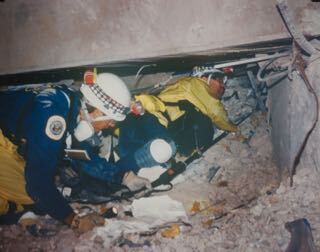
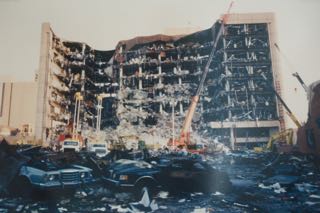



Tuesday Apr 05, 2016
Eric Lamoureux: Managing Disasters Face to Face
Tuesday Apr 05, 2016
Tuesday Apr 05, 2016

Eric Lamoureux has served the State of California in multiple communications assignments. He’s served in his current position of Inland Region Administrator at the Governor's Office of Emergency Services (Cal OES) since August, 2013. As administrator he leads emergency and disaster response coordination efforts for the State of California. From November 1999 through September 2007, Eric worked his first stint for Cal OES where he served as chief of the department’s Office of Public Information. He was responsible for managing the state’s Emergency Public Information (EPI) system, directing the activities of the State’s Joint Information Center, and was California’s lead emergency services spokesperson. Mr. Lamoureux coordinated State EPI efforts following 9/11 andmanaged the State’s Y2K Joint Information Center.
Mr. Lamoureux began his career in 1993 with the California Integrated Waste Management Board where he handled media relations activities, managed three successful statewide environmental education campaigns, and edited the agency’s award-winning “Waste Watcher” newsletter.
Mr. Lamoureux studied Government-Journalism at California State University, Sacramento, and Journalism at American River College in Sacramento.
The Inland Region consists of primarily rural jurisdictions with 123 incorporated cities ranging in population from approximately 200 to 500,000. The total population of all cities and counties in the Inland Region is 7,181,010. Its geography is vast and varied with terrain consisting of valley floor agricultural centers, grasslands, watershed areas, high desert regions, foothill regions and into the mountain range areas. Along with such diverse terrain, each area presents its own unique set of challenges and threats that affect California.
For more information on the Inland Region, along with the other state regions, their maps and more, click on this link:
http://www.caloes.ca.gov/cal-oes-divisions/regional-operations/inland-region
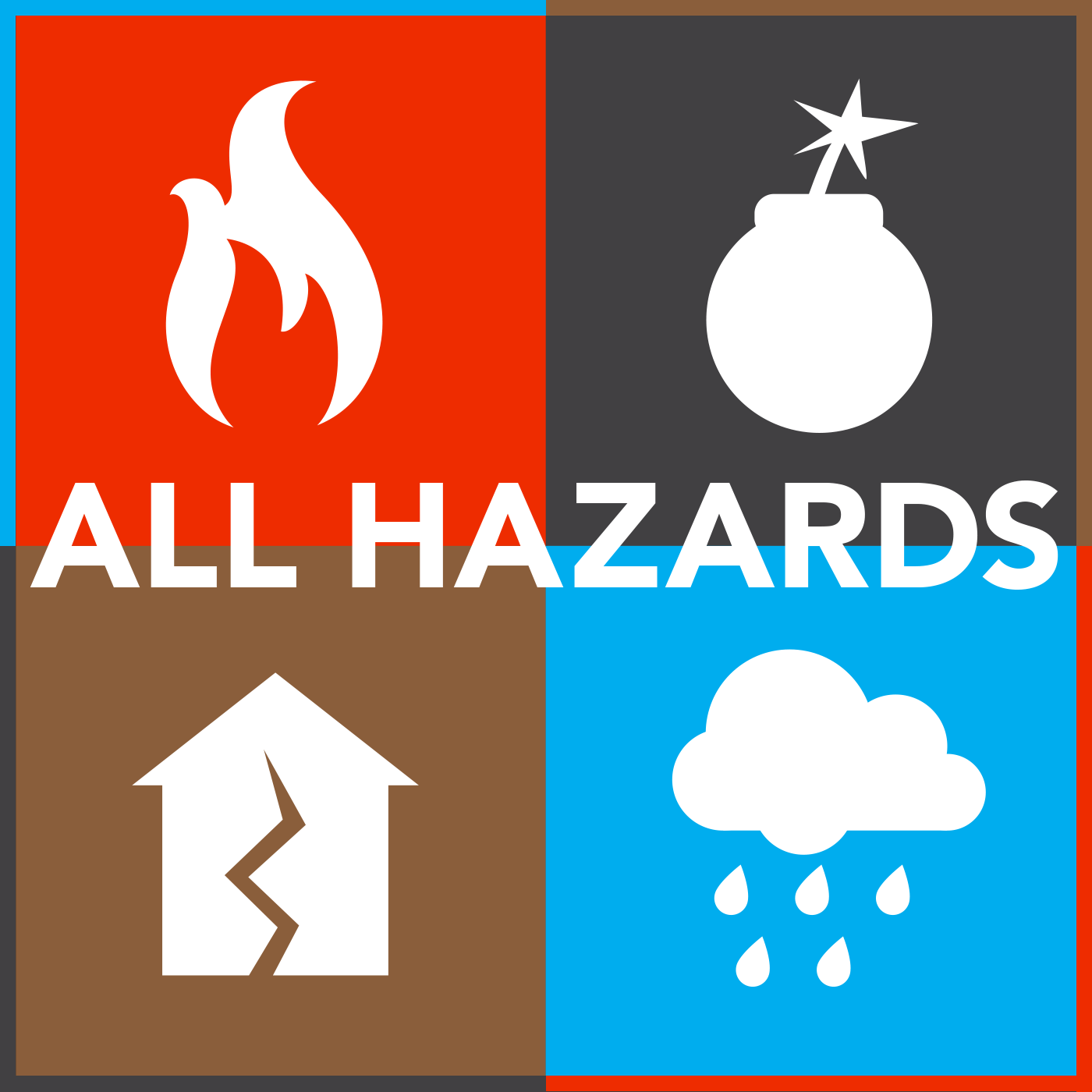
Wednesday Mar 23, 2016
Wednesday Mar 23, 2016

Sanders and his contingent of police officers were up against a number of challenges when deciding tactics including poor visibility due to the sun and windows that had been “spidered” by gun shots, an unknown number of shooters inside the restaurant, and the unknown location and number of hostages.
Sanders considers the massacre one of the most challenging days of his career and one of the darkest in the history of San Diego. Despite that, many lessons were learned that changed the way police handle similar situations there and in departments nationwide.
Links/Resources
San Diego PD
http://www.sandiego.gov/police/services/units/
Lessons by the Decades: The lessons learned during this incident are still powerful and relevant today.
LawOfficer.com
San Diego Regional Chamber of Commerce
http://sdchamber.org/about/team/

